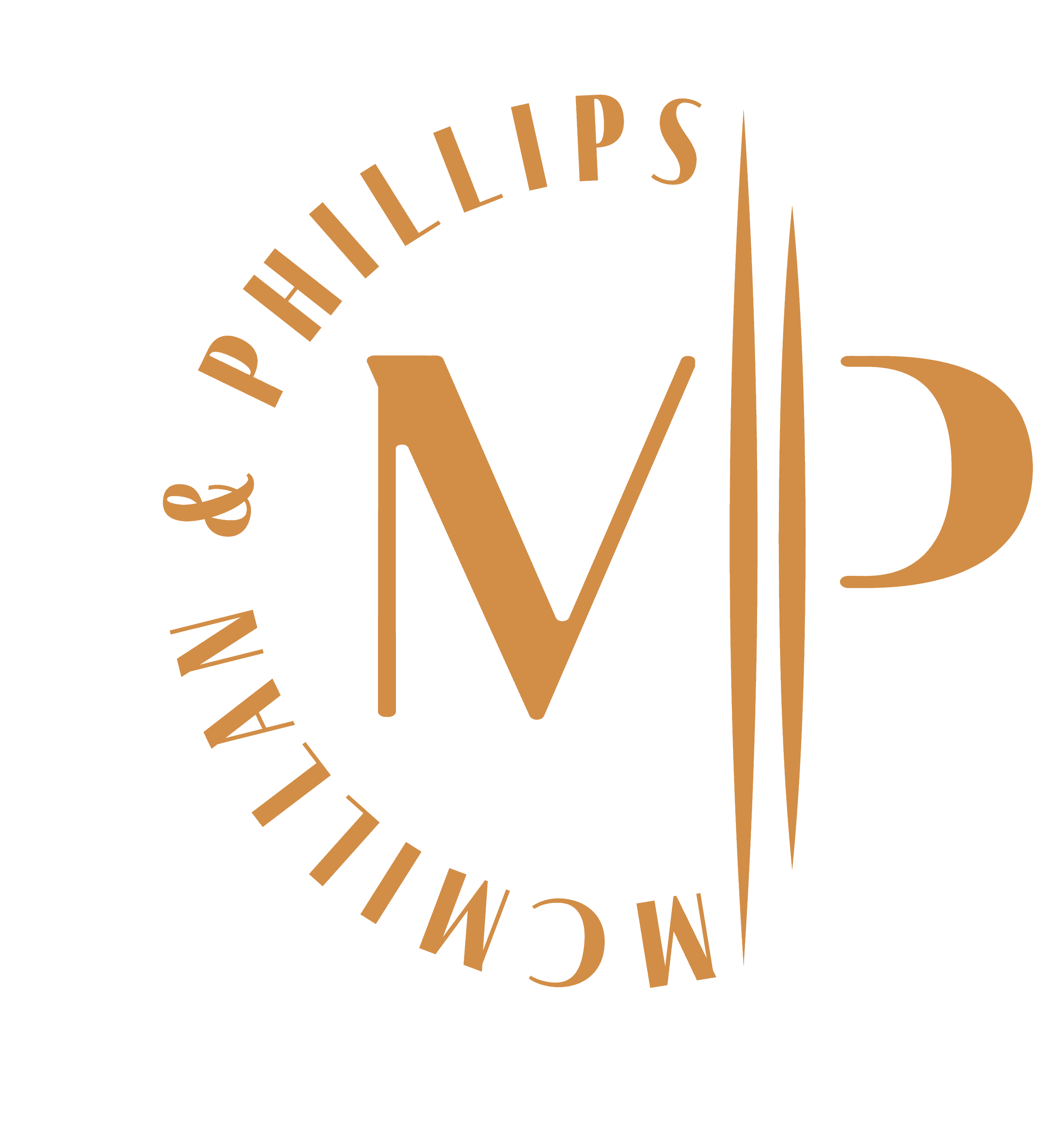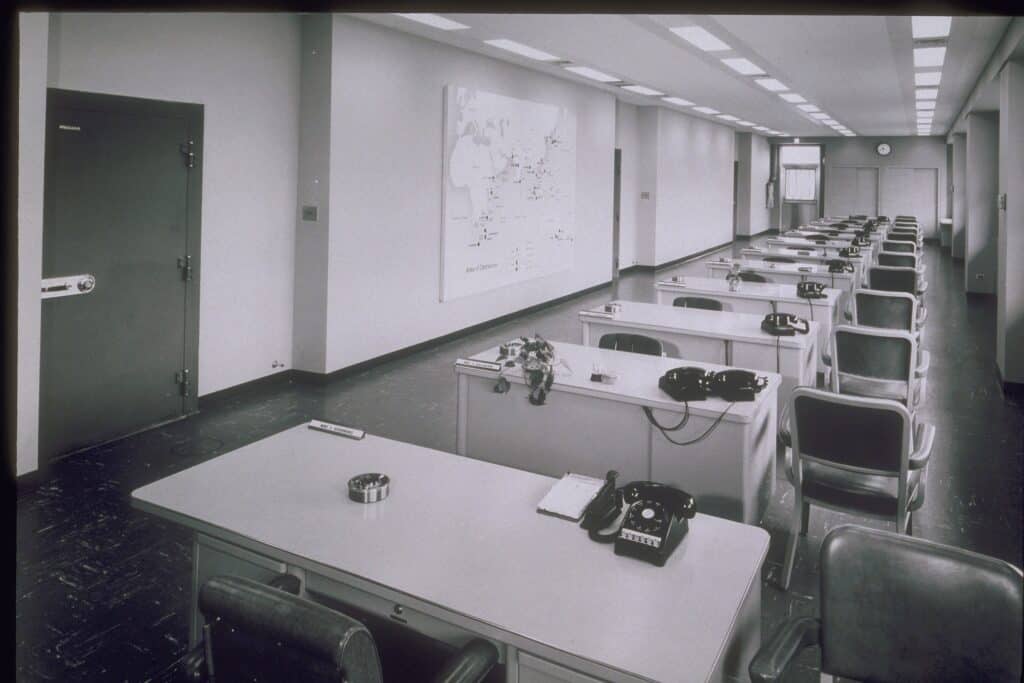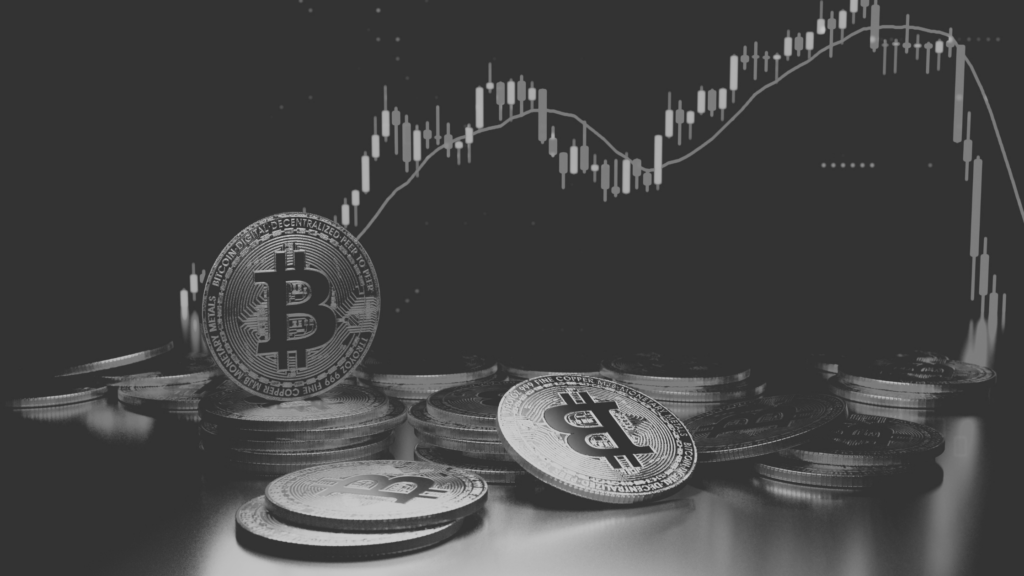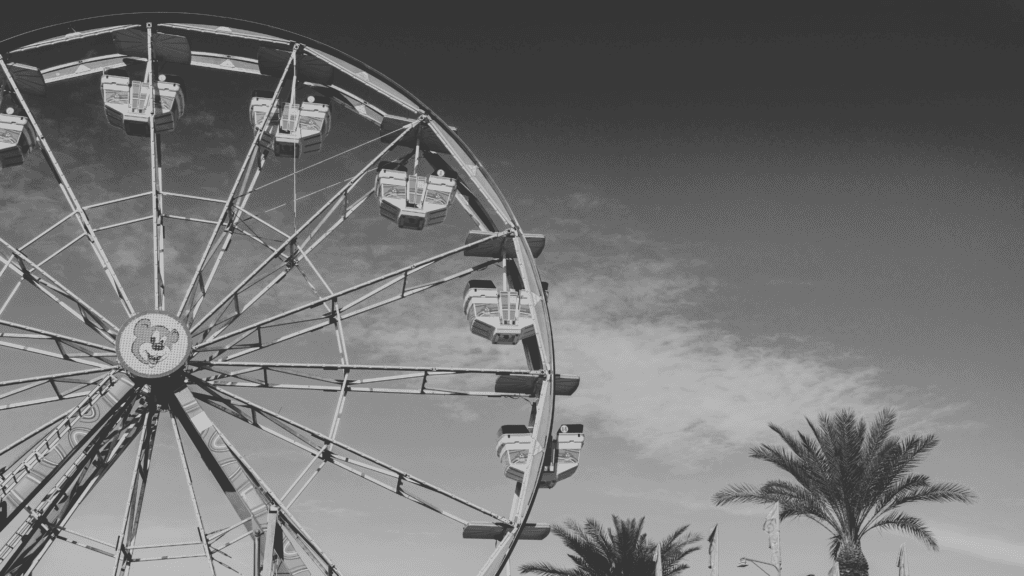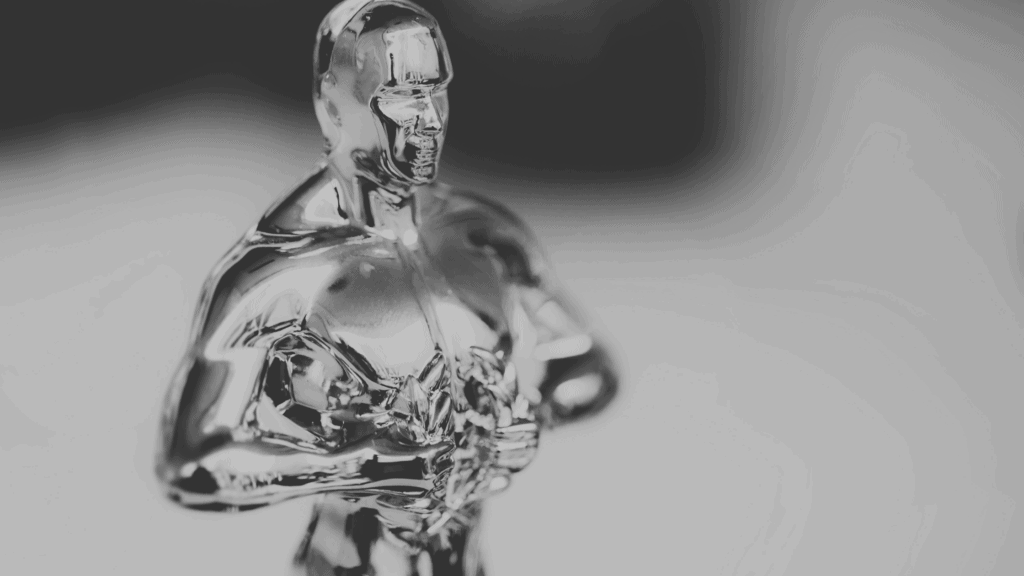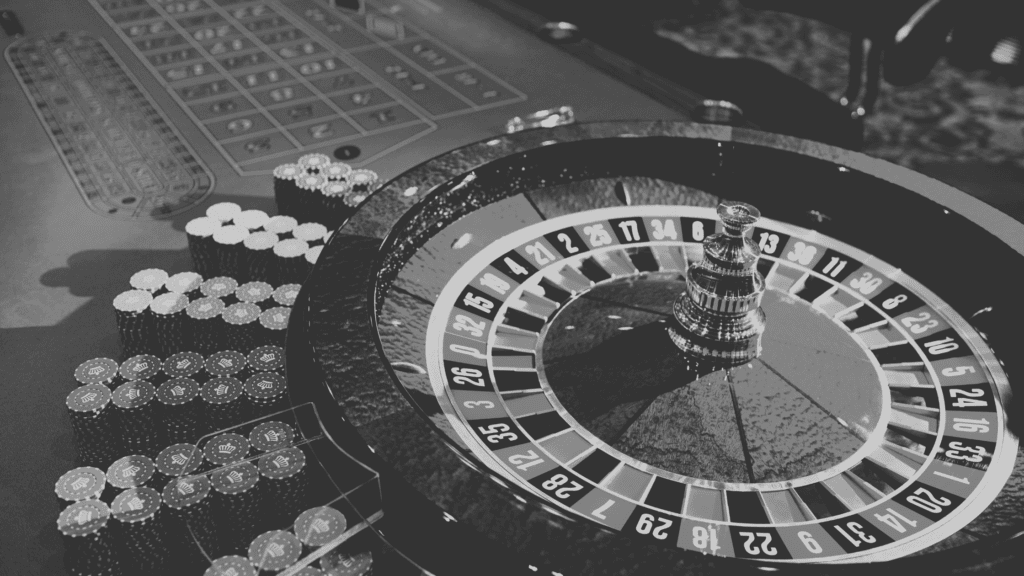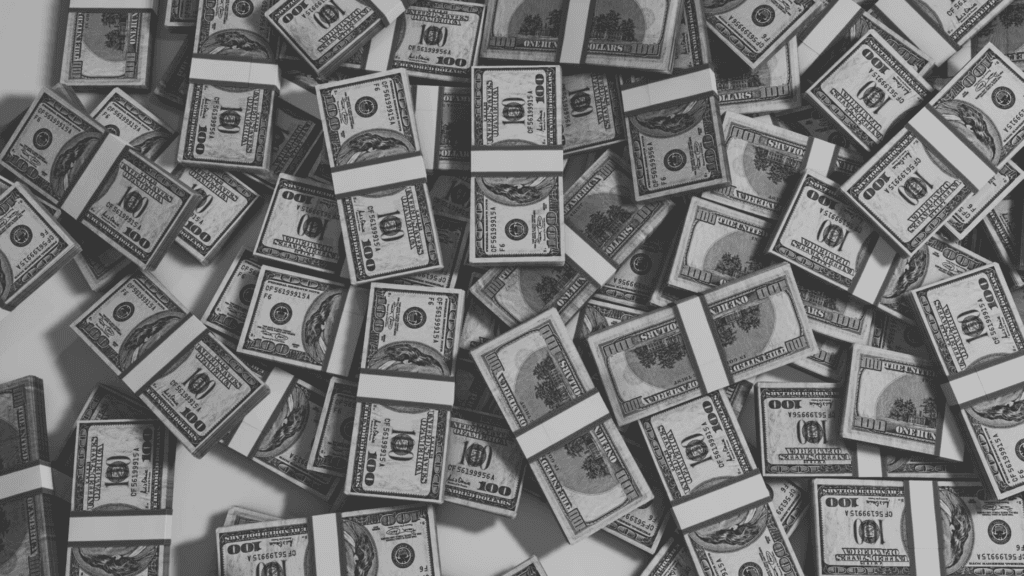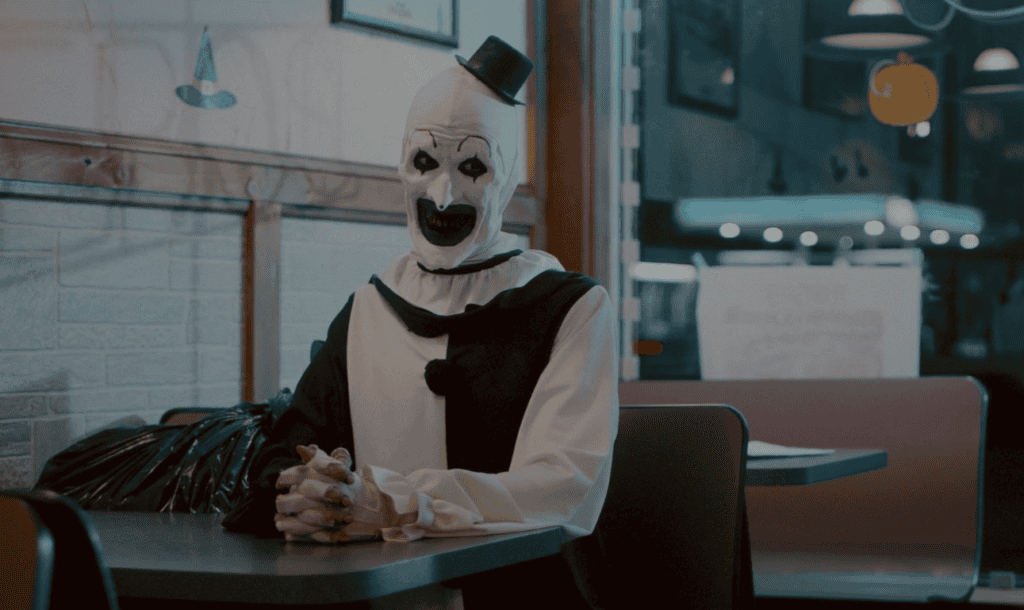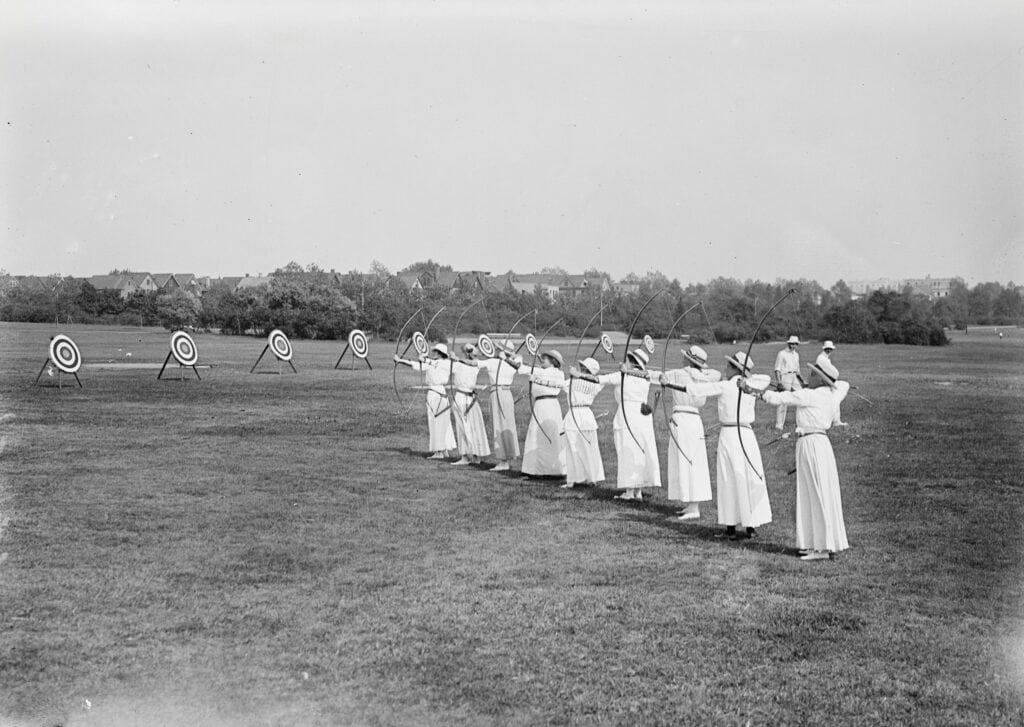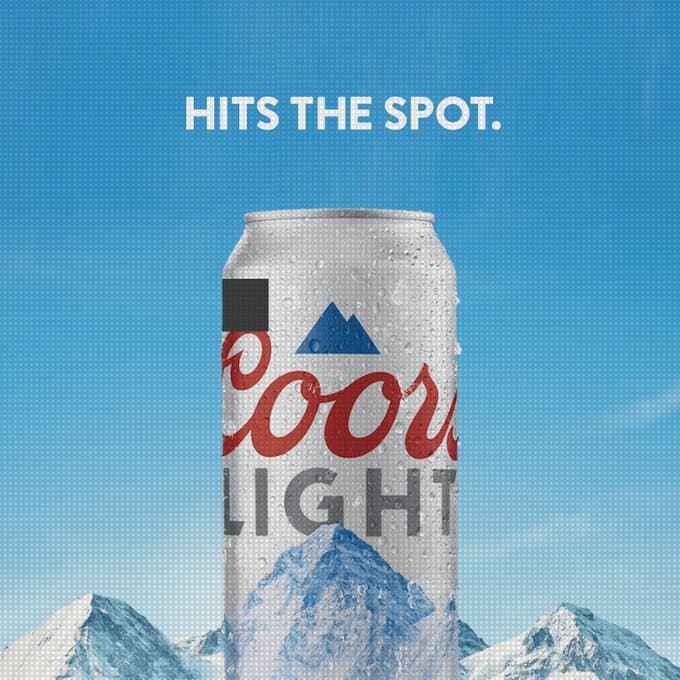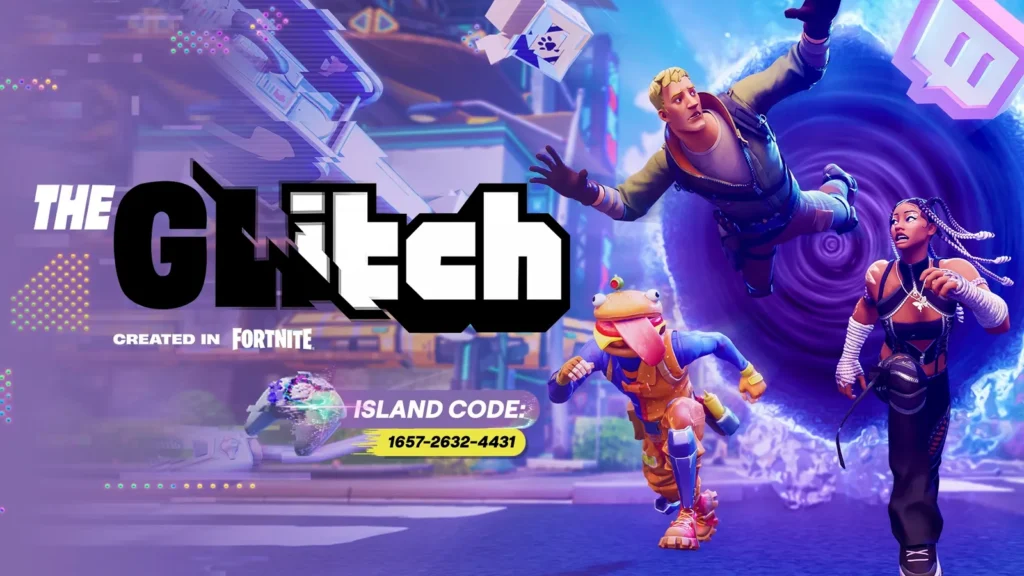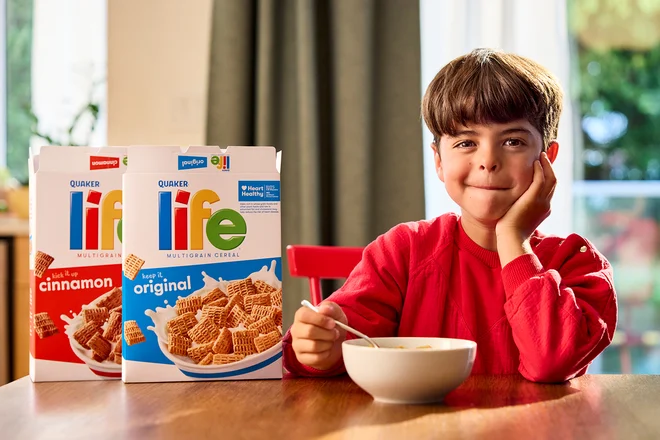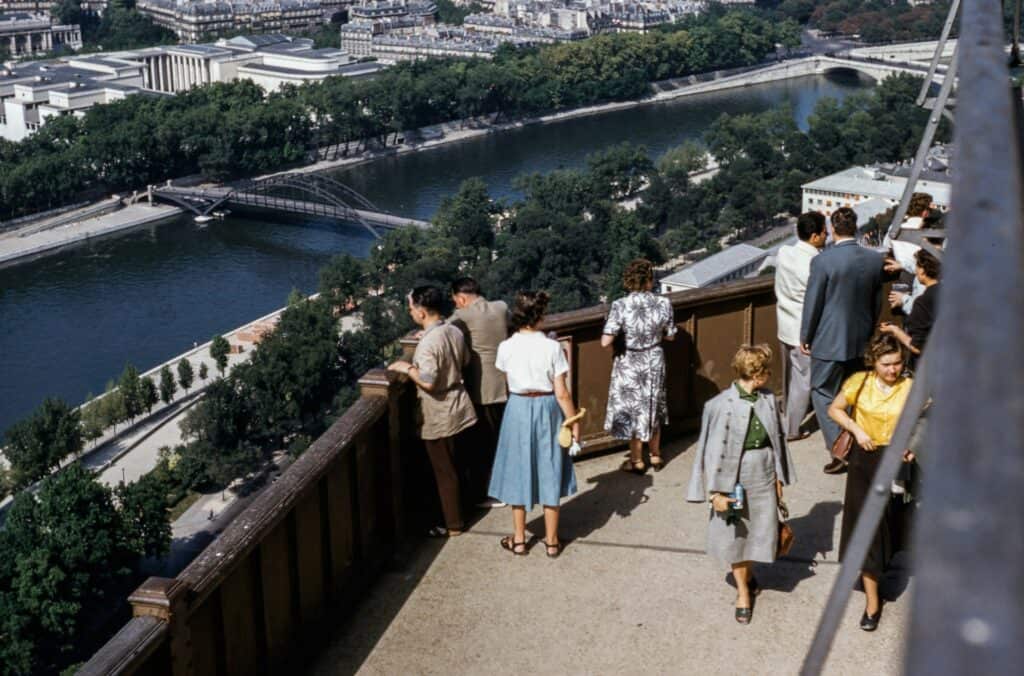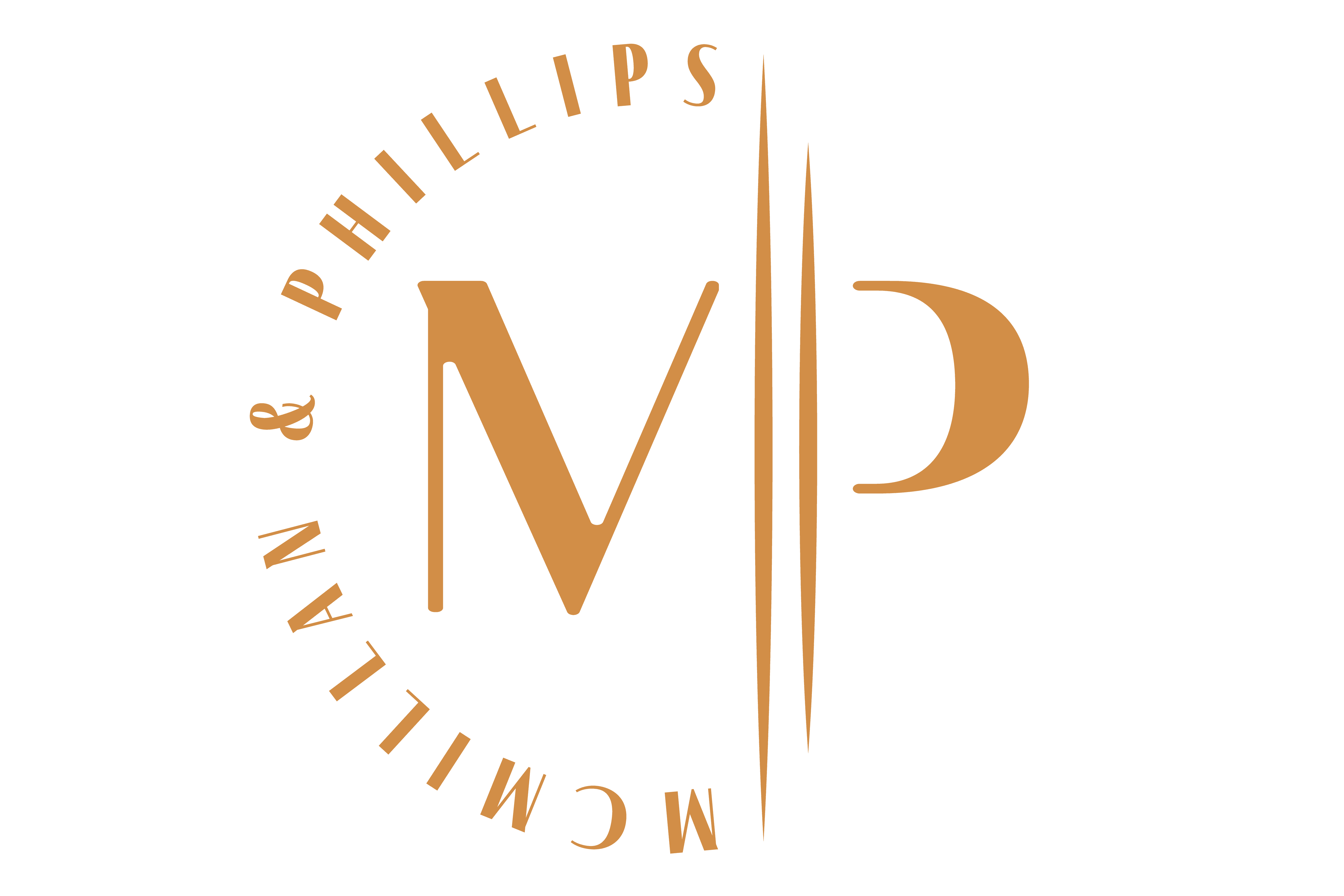The Spark: Pearl Jam’s Battle with Ticketmaster
In 1993, the iconic rock band Pearl Jam found itself in a bitter public feud with Ticketmaster. The band accused the ticketing behemoth of gouging fans with excessive service fees and decided to take a stand. In a bold move, they sought out venues that were not under Ticketmaster’s control, hoping to challenge the status quo and offer fans a fairer concert experience. One of those rare independent venues was the Empire Polo Club in Indio, California—a vast, sunbaked field far removed from the urban sprawl of Los Angeles.
The Desert Breakthrough: A New Possibility
Despite its remote desert location, Pearl Jam drew an impressive crowd of 25,000 fans to the Empire Polo Club. The concert was a resounding success, not only musically but also logistically. It shattered the myth that large-scale events had to be held in metropolitan centers. Among the many attendees and observers was Paul Tollett, the co-founder of Goldenvoice, a scrappy independent concert promotion company. That show planted a seed in Tollett’s mind: if one band could draw a crowd to the desert, maybe a full-scale, multi-day music festival could too.
The Birth and Immediate Struggle of Coachella
Fast forward five years to 1999. Tollett and Goldenvoice launched the first-ever Coachella Valley Music and Arts Festival at the same Empire Polo Club. The lineup featured respected names like Beck, Rage Against the Machine, and Tool. While the artistic ambition was clear, the financial results were disastrous. Only around 25,000 people attended over the weekend—far fewer than needed to break even. With sky-high production costs and lower-than-expected ticket sales, Goldenvoice ended up losing nearly $1 million. The loss was so severe that they were forced to cancel the 2000 festival entirely. Many believed Coachella was doomed to be a one-time experiment that failed.
A Lifeline from AEG: The Game-Changer
Goldenvoice was teetering on the edge of bankruptcy. The company’s future—and Coachella’s—looked bleak. That’s when AEG Live (now known as AEG Presents), a major global entertainment conglomerate, stepped in. AEG acquired Goldenvoice, offering a financial lifeline and something even more valuable: stability.
The acquisition changed everything. First, AEG provided the capital Goldenvoice desperately needed to erase its debts and rethink its long-term strategy. Second, AEG brought world-class infrastructure to the table, including robust ticketing systems, seasoned operations teams, and access to elite talent agencies. This gave Goldenvoice a professional backbone and helped attract higher-profile acts. Third, AEG’s involvement lent credibility to Coachella. Artists and brands alike began to see the festival not as a risky indie venture, but as a serious player on the global stage. And finally, AEG shared a compelling vision with Tollett: they saw Coachella not just as another festival, but as the American answer to Glastonbury—cooler, more curated, and ripe for cultural impact.
The Slow-Burn Comeback
With AEG’s support, Coachella returned in 2001, but with a scaled-back, more modest approach. It was a one-day event designed to lower costs and manage expectations. Rather than chasing mainstream acts, Goldenvoice focused on rebuilding trust—both with fans and artists. They leaned into their roots, booking underground and alternative acts that had cult followings rather than chart dominance.
This slow-burn strategy paid off. In 2002, the Pixies reunited at Coachella, generating a wave of buzz across the indie music world. The following year, festivalgoers were treated to sets by the Beastie Boys and Red Hot Chili Peppers. In 2004, Radiohead, The Cure, and The Flaming Lips headlined, drawing thousands of die-hard fans from across the country. These were not the typical radio darlings, but they had fiercely loyal audiences who would travel far and wide to see them live.
Paul Tollett: The Artist-First Architect
Central to Coachella’s resurgence was Paul Tollett himself. Known for his artist-first ethos, Tollett made it a point to personally connect with musicians and their managers. He was deeply involved in curating the lineup, making sure it was not just eclectic but also high-quality. Many artists appreciated his genuine care for the experience—something that set Coachella apart from other festivals that simply threw money at big names. Tollett’s reputation helped foster loyalty among performers, many of whom returned to the festival not just for exposure or a paycheck, but because they trusted him.
Reinventing Revenue: Pricing and Experience Tiers
As Coachella found its footing, it also began evolving into a revenue-generating powerhouse. One of the first major innovations was its approach to ticket pricing. Coachella was an early adopter of tiered ticketing, offering General Admission, VIP, and Ultra VIP options. This allowed the festival to cater to a wide range of audiences—from casual fans to luxury-seekers—without alienating its core base. The premium tiers came with exclusive perks like private shuttles, air-conditioned lounges, and elevated viewing platforms. Going to Coachella became more than a musical experience; it became a form of social currency. The exclusivity and lifestyle elements allowed the festival to increase ticket prices nearly every year without significant backlash, as the perceived value continued to rise.
Coachella was also inclusive in its accommodations. The festival introduced car camping and tent camping options, making it accessible for younger, budget-conscious fans. For those looking for more comfort, Lake Eldorado offered private teepees and glamping yurts with concierge service. The most luxurious option, Safari Tents, came equipped with real beds, air conditioning, and personal golf cart chauffeurs. These choices transformed the festival grounds into a choose-your-own-adventure experience.
Letting Brands In: Experiential Sponsorships
The second major revenue strategy was the introduction of experiential sponsorships. While many festivals struggled to integrate brands without compromising the vibe, Coachella found a way to make them feel like part of the experience. The rule was simple: brands had to add value, not noise. Instead of handing out flyers or plastering logos everywhere, sponsors created immersive, Instagram-worthy installations that enhanced the festival atmosphere.
Take the Absolut Tent, for instance. Throughout the 2000s and early 2010s, it became a staple of Coachella. The tent featured LED lighting, futuristic designs, and DJ performances during the day, all centered around Absolut-branded cocktails. It wasn’t just a drink station—it was a nightclub experience in the middle of the desert. This approach elevated Absolut’s brand among millennials and cost the company over a million dollars annually, but the exposure was priceless.
Another standout was the “H&M Loves Coachella” campaign, which ran from 2015 to 2017. This was more than a typical brand activation—it was a full-on fashion collaboration. H&M released co-branded festival fashion lines sold in stores worldwide. On-site, they offered exclusive lounges and photo walls, while their mobile integrations allowed fans to shop directly from their phones. The campaign drove tens of millions in retail sales and firmly established Coachella as not just a music festival but a fashion trendsetter.
American Express also became a long-term partner, offering premium perks to its cardholders. These included access to exclusive lounges, artist meet-and-greets, fast entry lines, and limited-edition merchandise. The collaboration was seamlessly integrated into the ticketing experience and attracted high-spending guests. It’s estimated that this single partnership nets Coachella and AEG between two to three million dollars annually.
The Instagram Boom and the Shadow Festival
As Instagram exploded around 2012 to 2014, Coachella became the perfect backdrop for content. The golden-hour lighting, boho fashion, and surreal art installations made every corner of the festival a potential viral post. Influencers flocked to the desert—not just for the music, but for the content opportunities. And thus began the rise of the “shadow festival”—a layer of invite-only, off-site experiences that happened alongside the official event.
These included everything from all-white brunches and helicopter arrivals to yoga classes with IV drips and custom gifting lounges. Influencers attended these exclusive parties thrown by brands like Neutrogena, Bumble, Spotify, and Vogue x Levi’s—often never setting foot on the actual festival grounds.
Revolve: The Influencer Powerhouse
Perhaps no one mastered this model better than Revolve. Their invite-only Revolve Festival, held at a private estate, became a social media juggernaut. They invited hundreds of influencers, dressed them in Revolve outfits, and covered all expenses—glam teams, transportation, and lodging included. In return, influencers were required to post content, effectively turning the event into a real-time marketing engine. In many years, Revolve Festival out-trended Coachella itself, earning an estimated two to five million dollars in free media exposure annually.
Artists Join the Off-Site Frenzy
Even artists got involved in the off-site action. From surprise DJ sets by Tame Impala at tequila-sponsored afterparties to Rihanna showing up at Neon Carnival without ever performing, the boundaries between festival and brand event became increasingly blurred. In some cases, artists were paid more to appear at these branded events than for their official Coachella gigs.
Coachella Embraces the Evolution
Rather than resisting this shift, Coachella leaned into it. The festival expanded its VIP and Artist pass offerings, built content-friendly spaces backstage, and partnered with YouTube for high-quality streaming and exclusive behind-the-scenes coverage. They never cracked down on Revolve-style side events, even though they technically competed for attention. Coachella understood that every selfie, every outfit video, and every influencer vlog served as free advertising.
Conclusion: From Desert Protest to Cultural Icon
What started as a grunge-fueled protest against corporate ticketing became one of the most influential cultural events in the world. Coachella didn’t just survive a near-bankruptcy—it reinvented the music festival playbook. It did so by prioritizing artist relationships, embracing innovation in pricing and sponsorships, and allowing its brand to evolve with the times. Today, Coachella stands not only as a beacon of live music but also as a masterclass in cultural relevance and marketing evolution.
